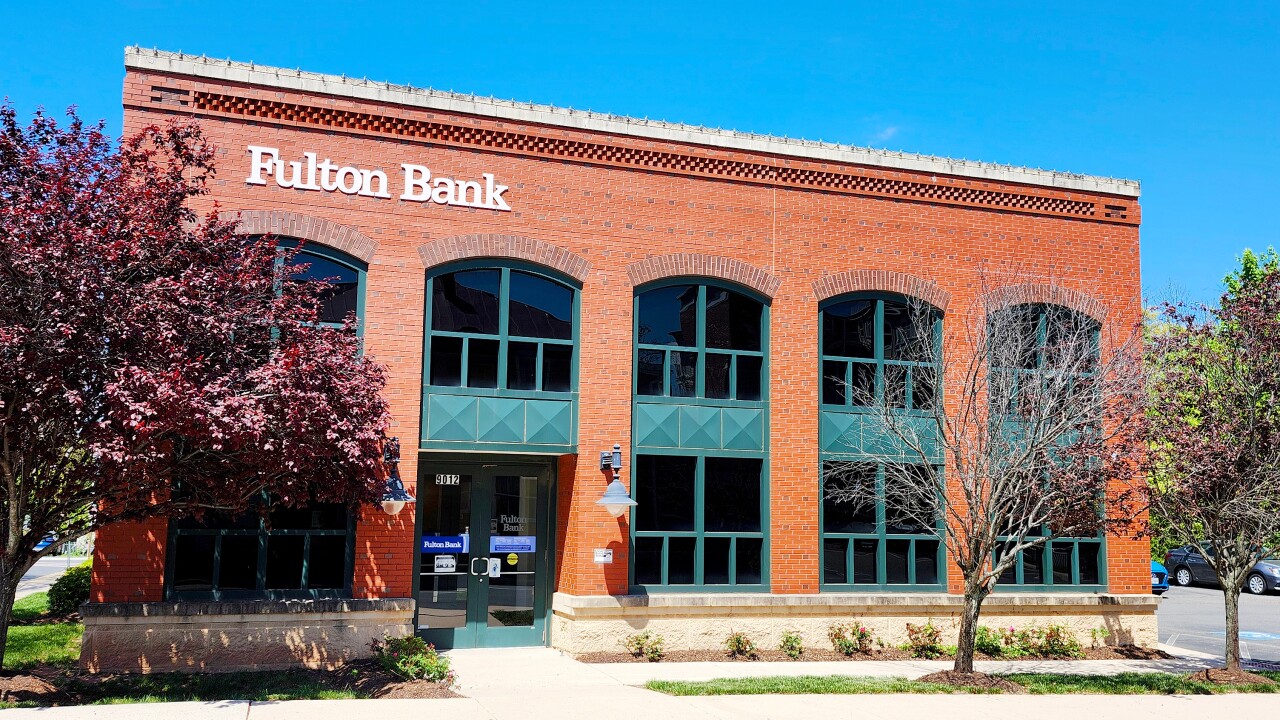
Texas churns out more high-performing community banks than any other state — and it's not because everything in the state is proverbially bigger.
More than one-third of the
And, contrary to the state's reputation, the top-performing Texas banks were on the smaller side of the group.
Even though Texas did have more community banks in this size group than any other state, at 36, it also had a higher proportion of top performers. Some 19% of its banks with between $2 billion and $10 billion of assets cracked the top-20 list.
California had 25 banks in the same asset bracket, but only two of them broke the top-20 ranking. New York had the third-most banks in the group, with 21, but its best performer landed 22nd on the list.
The seven top-performing banks that were based in Texas generally maintained cheaper deposits, lower efficiency ratios and higher margins in 2024 than all banks across the asset category.
The state's outperformance isn't new. In 2023, five of 29 similarly sized banks based in Texas, or 17%, landed in the top 20 (Seven more Texas banks joined the size group in 2024.)
Banks are ranked by consulting firm Capital Performance Group based on their three-year average return on average equity, or ROAE, according to data from year-end 2024.
"Texas historically has been a community banking state," researchers at the Federal Reserve Bank of Dallas wrote in 2024.
In 2024, real GDP in Texas grew by 3.6%, outpacing the U.S.'s GDP growth of 2.8%. Businesses have flocked to the state in recent years, due to a cheaper cost of living, a favorable tax environment and less government red tape.
The state's dominance in the banking industry also marks a distinct shift from four decades ago, when Texas was one of the biggest losers during
But in 2025, median net interest margin among the seven best performers in Texas was 4.73%, compared with 4.08% at the top-20 institutions on the list, and 3.18% across all banks in the same size group.
The top-ranking Texas banks also increased their loans at a faster pace than peers, with 4.82% median loan growth, compared with 4.58% across other institutions in the same asset group.
Commercial real estate and development lending may be part of the secret sauce for Texas banks. Among the seven banks based in Texas that made the top-20 list, construction and land development loans made up more than 21% of total loans. Across all top-20 performers, that asset class made up about 10% of portfolios.
Meanwhile, consumer loans comprised just 1.3% of total books at Texas top performers, compared with 2.4% of loans across the top 20 banks of the group.
The seven Texas banks that finished near the top of the group also had a far lower percentage of multifamily loans, at 3.9%, compared with 11.6% at all top-20 banks.
The different loan mixes make direct comparisons tricky, but the top Texas banks maintained tighter credit quality than their peers. The best performers in the state reported a median nonperforming asset to total asset ratio of 0.25%, compared with 0.33% across other top performers and 0.39% across all banks in the asset group.
Two of the top Texas performers were outliers among other banks in the state, and across the entire asset category.
Both First Community Bancshares, which primarily does business as First National Bank Texas and First Convenience Bank, and Woodforest National Bank buoy their earnings through overdraft fees and non-sufficient fund fees. The companies mostly do business from branches in stores like Kroger, H-E-B and Walmart.
At the $4.1 billion-asset First Community, noninterest income as a percentage of average assets was 7.11% in 2024, compared with 0.65% across peers. At Woodforest, which has $9.2 billion of assets, that figure was 4.44%.





